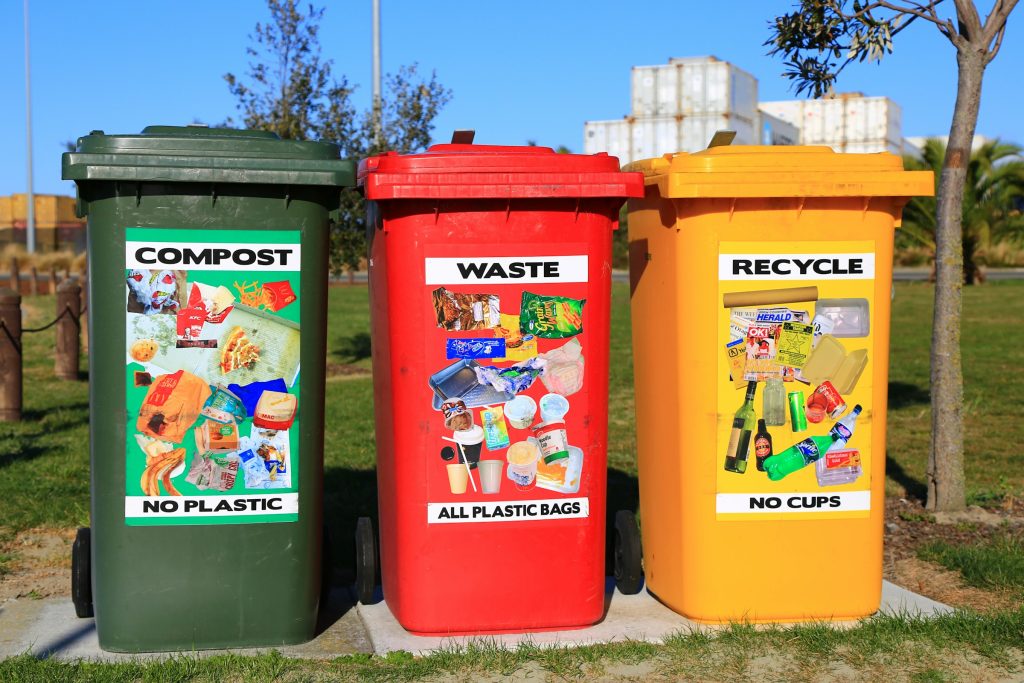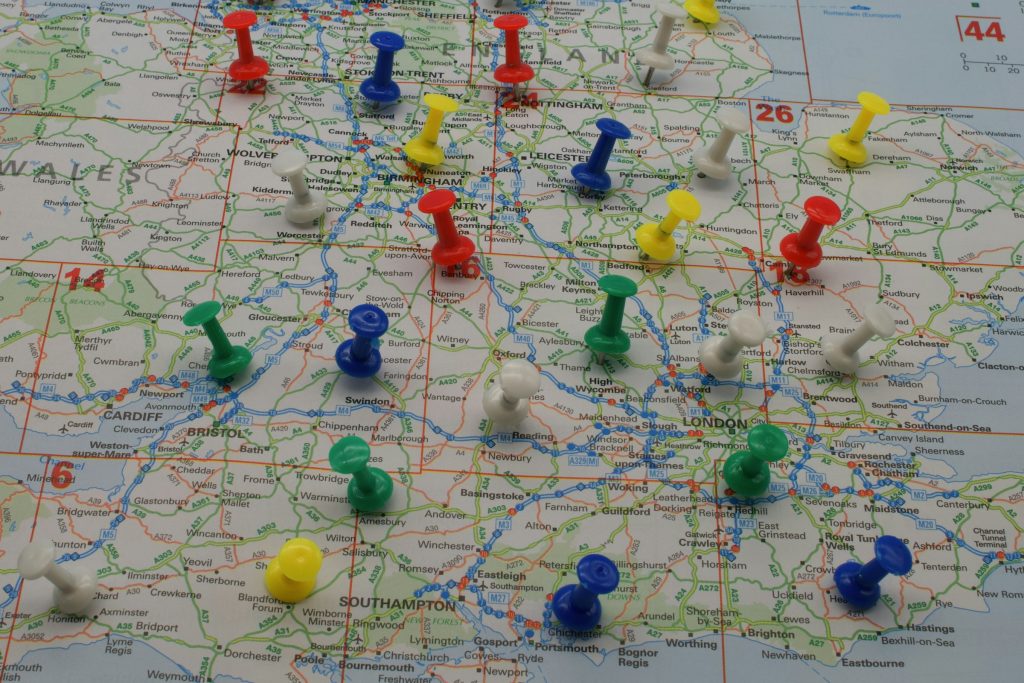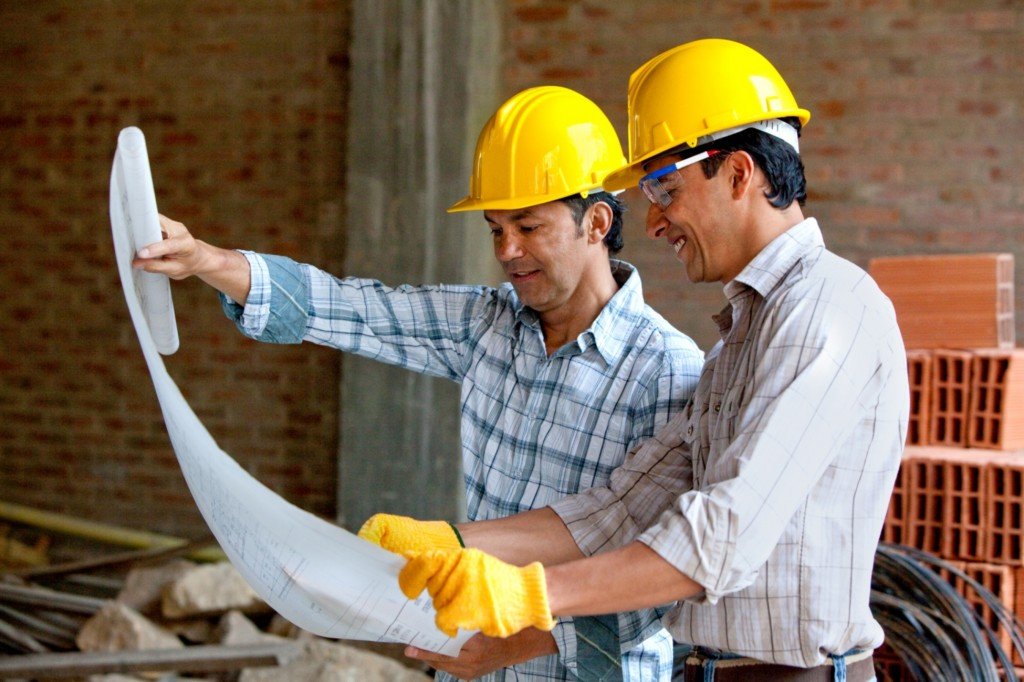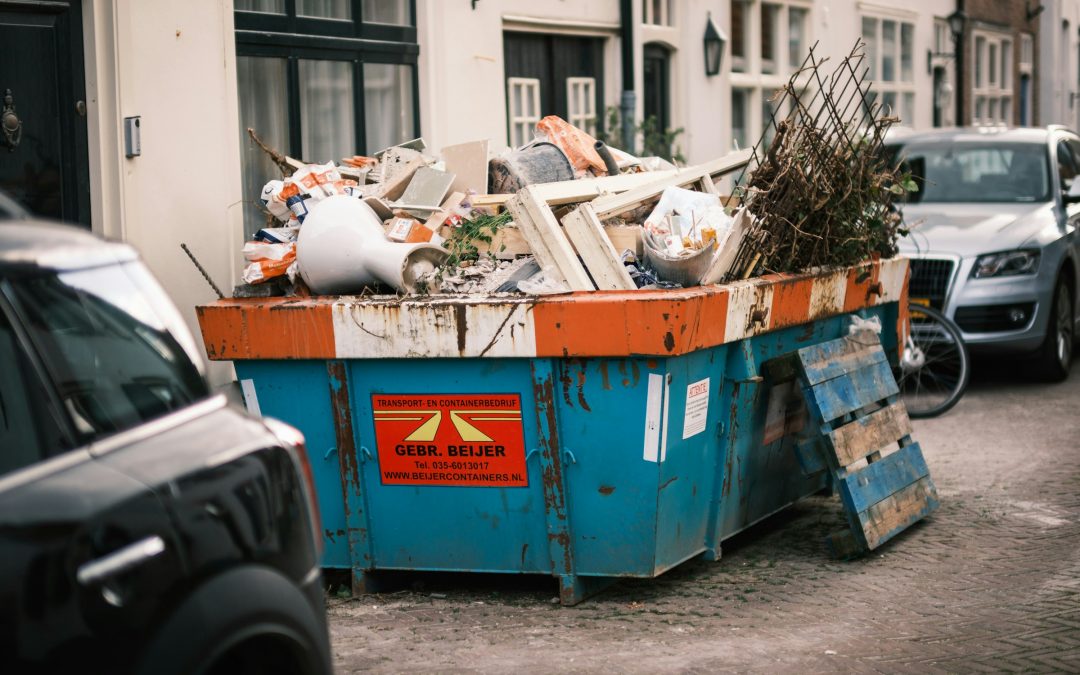The building and construction industry accounts for a staggering amount of the world’s waste. The march toward sustainable building practices, like using sustainable or recycled materials, has helped the industry massively reduce its carbon footprint.
The use of sustainable materials, along with a solid waste management plan, will help the construction of your custom home leave a smaller carbon footprint during construction and for years to come.
Table of Contents
What is Construction Waste?
Construction waste can be the remnants left over from demolition at an existing home. Swinging a sledgehammer through a wall to create an open floor plan living space can feel cathartic, but those pieces of broken drywall need to go somewhere.
Construction waste happens during the building process as well. Cutting building materials like glass and wood can undoubtedly leave scrap material behind whether from inaccurate cuts and the need to rework, or failing to use as much of the piece of material as possible. Planning out several cuts to one piece of building material means that piece of material goes a little farther than if you’d made a single cut.

A third way construction waste happens is material spoilage. Materials exposed to the fickle changes of outdoor climates can cause certain materials to go bad without proper protection. Additionally, when materials arrive on site too early, the longer they sit around and wait to be used, the higher possibility for those products to outlive their shelf life. This is especially true with more sustainable materials that aren’t made with chemicals or other treatments that help with longevity.
Who Plans for Construction Waste Management?
In the case of custom homes, site waste management is often overseen by the general contractor and/or architect/designer. They may implement a Construction Waste Management Plan, which will be discussed later in this article, to mitigate or eliminate excess waste.
When Does Waste Management Start?
Waste management planning can start as soon as alongside the plans being drawn. Architects or designers take into consideration the types of materials and processes used to construct the home and infuse techniques to keep waste to a minimum. Waste management efforts can start as soon as groundbreaking.
Do I Have to Have a Plan for Construction Waste?
Technically, no. There is no requirement, legal or otherwise, that you have to have thought ahead when it comes to construction waste. However, if you want a jobsite that moves smoothly and efficiently so you can get into your new home quicker, considering construction waste management techniques before construction begins will go a long way toward efficient use of time and materials, naturally leading to reduced waste.
Having a plan also helps the construction team:
– Improve Productivity and Reduce Costs
– Stay Compliant to Regulatory Standards for Waste Disposal
– Reuse/Recycle Materials
– Promote Safety in the Workplace
– Streamline Project Timeline
The Construction Waste Management Plan
There are a number of ways to manage and even reduce construction waste during your custom home build, but having a formal plan in place will ensure no one has any questions about how to dispose of construction materials. Having a thorough construction waste management plan is a big step toward a clean, efficient project.

Outlining the Plan
The parts of a construction waste management plan (CWMP) include:
– Planning and preparation
– Allocating responsibilities
– Identifying waste
– Managing waste
– Disposing of waste
– Organizing materials and waste
– Communicating and training
– Measuring and monitoring waste
– Reviewing the success and learning lessons for the future
– Completion
By identifying these parts of the plan early, construction workers and project managers can ensure waste is monitored and disposed of or reused properly. The plan should communicate with and train workers on exactly what is and isn’t waste and how to handle it. It serves as a tool to be used throughout the construction process as well as after project completion to learn from mistakes and make improvements along the way.
From Outline to Completed Plan
The above is just an outline or framework for your detailed construction waste management plan. It’s the starting point for you and your construction team to consider how to go about waste mitigation and management. Once you have the outline, fill in the details!
Identify Key Details & Persons
For a plan to be effective, you need to identify the most important information. Knowing the project name, location, and primary point-of-contact person ensures there’s a defined structure in relation to how communication about all facets of the project, including waste management, are to be handled. This is also the time to determine important project details. The CWMP will define:
– Construction management, methods, and materials
– Previous waste reduction activities and decisions
– Declaration from the client and principal contractor
With these details in-hand, each member of the crew will know how to handle construction waste, or the point person for decisions on questionable materials.
Map Out the Waste Management Strategy
With the basics out of the way, it’s time to build a strategy. The CWMP is a tool that leads to more efficient, timely, and cost-effective waste management procedures once the project begins and through to completion. Architects or designers, project managers, and general contractors may work together on this part of the plan, identifying the types of waste produced at each stage of the project, quantities, processes, and people involved.

With these details in mind, they can establish targets and measures to properly manage, organize, and dispose of (or reuse) the waste.
Develop a Communication & Training Approach
A plan is only as good as the people using it. Workers carrying out the plan during the construction phase must understand how waste protocols and procedures will work and how to use them. Keeping site staff, contractors, and subcontractors informed of the steps at all stages is key to a smooth, efficient construction project.
Establish Benchmarks for Monitoring
Just as you will need the building inspector to come and approve various aspects of the project (like proper window installation or plumbing and electrical work), it’s essential to set milestones and metrics for the success of your CWMP. Create monitoring procedures that will keep the project moving as planned. Establishing such guideposts allows key project players to:
– Regularly check and update the SWMP
– Track the progress of SWMP against the agreed targets
– Routinely monitor the agreed upon waste management procedures
– Produce periodic reports on waste quantities, treatment or disposal routes, and costs
– Document problems and corrective actions taken
Define the Review Process
Your SWMP will only work if you follow it. The SWMP should include review methods based on set goals and benchmarks. Without a standard review process, the success or failure of the plan cannot be measured and corrective action cannot be taken.

Completion
This section helps wrap up the SWMP. It includes notes, recommendations, and the signature of the authorized person. It serves as proof of completion (of the plan, not the project) and a statement of accountability from project leaders.
Final Thoughts
The staff at Acipe Design wants to help you build your dream home, from the moment you find the perfect location to the day you turn the key on the door of your new home. We think about that and everything in between – including construction waste management – to make your experience the best it can be.
Contact us today!

